Are Southern California students and teachers breathing clean air?
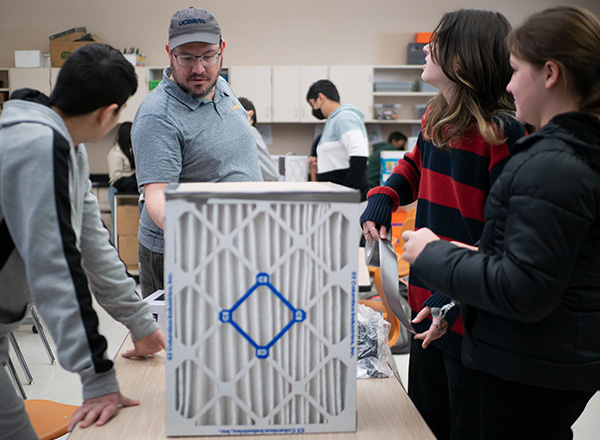
New laws and funding push ventilation to boost air quality and slow spread of COVID-19. But experts cite too many loopholes and not enough consistency.
Fighting Climate Change with Heat Pumps
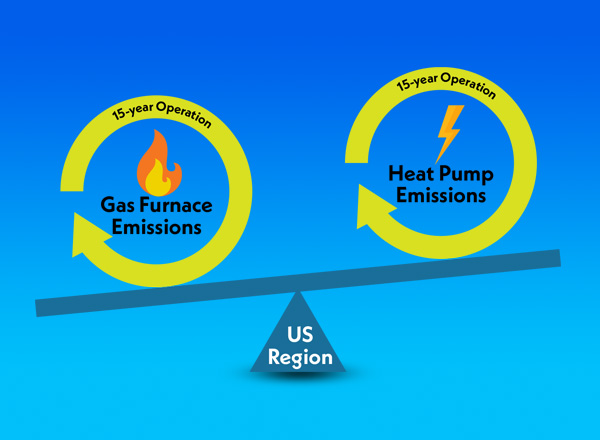
Western Cooling Efficiency Center research featured in an article published by the Energy Institute at Haas. Replacing your home HVAC system with a new heat pump reduces carbon emissions significantly. But when should you make the change?
UC Davis Developing Tech Using Current Air Conditioning Systems to Combat Climate Change Effects

The Western Cooling Efficiency Center at UC Davis is trying to develop new air technology that addresses problems with the grid and the challenges of climate change using our current AC systems.
Heat pumps: Coming to a home near you?
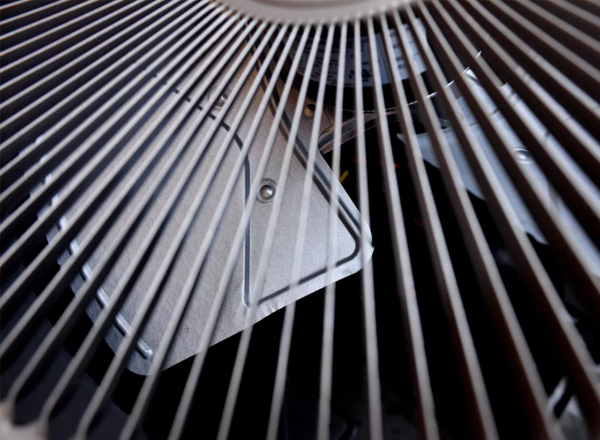
Washington building code proposal prompts debate as Inflation Reduction Act could spur heat pump use.
Do DIY air filters work against California wildfire smoke? What to know about cost and safety
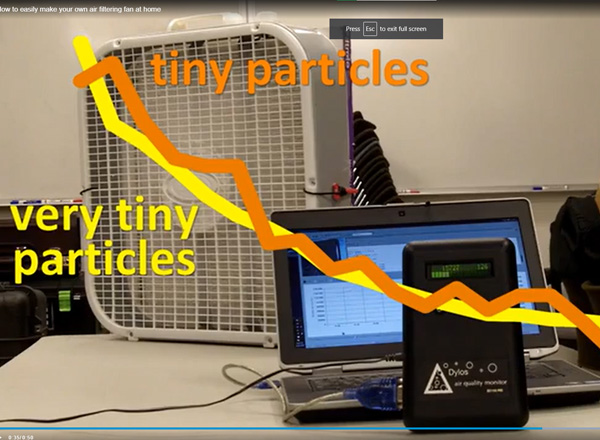
Do-it-yourself air filters are safe, effective and can be used to protect your lungs from California wildfire smoke.
Ask a Scientist: In Search of a ‘Green’ Electric Car Battery
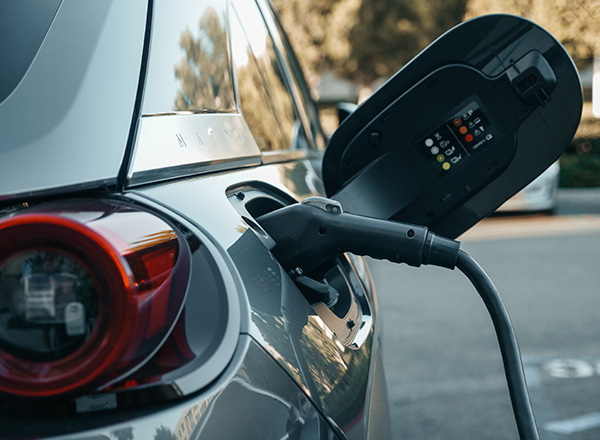
Despite EVs’ considerable environmental benefits, it will be imperative to “green” the material sourcing process to ensure a more sustainable and ethical supply chain as the world transitions to an electrified transportation system.
Activists fear a new threat to biodiversity—renewable energy
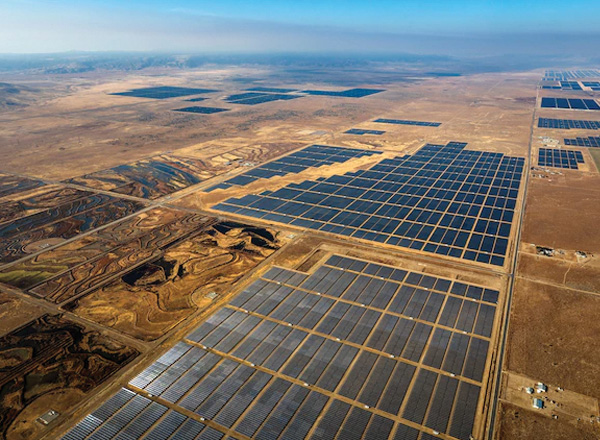
To fight climate change, cleaner energy sources are desperately needed, but some experts say more should be done to keep untouched desert ecosystems intact.
A District Energy System Design Could Cut More Emissions for Proposed Davis Innovation Sustainability Campus
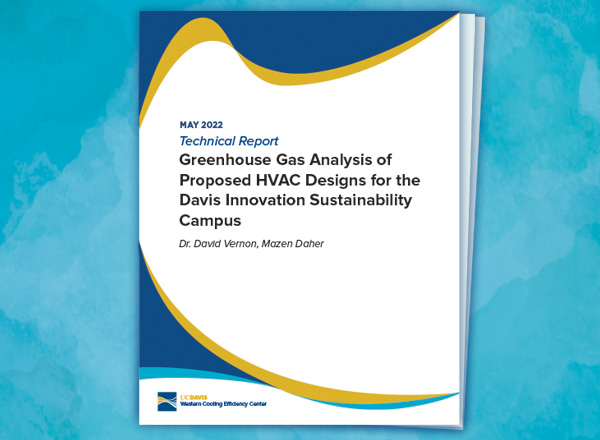
Homes and businesses use over 25 percent of California’s energy. With a number of different space heating and cooling technologies available to developers, it is important to understand and quantify potential greenhouse gas (GHG) impacts.
How Eco-Friendly are Electric Vehicles? It All Depends on the Battery

The metals in the batteries are hazardous and could leach into the environment if they are not properly handled.
Leaks an Untapped Opportunity for Water Savings
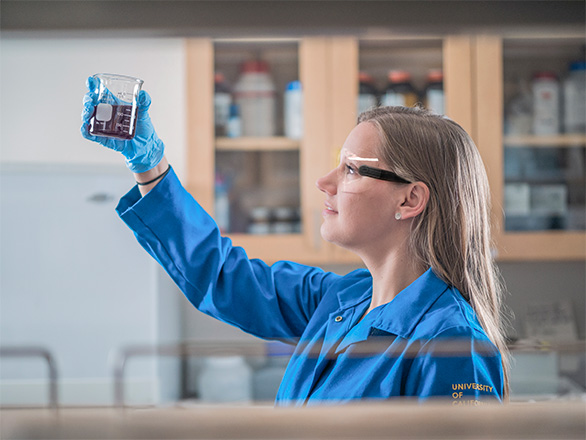
Before a drop of treated water in California ever reaches a consumer’s faucet, about 8% of it has already been wasted due to leaks in the delivery system. Nationally, the waste is even higher

